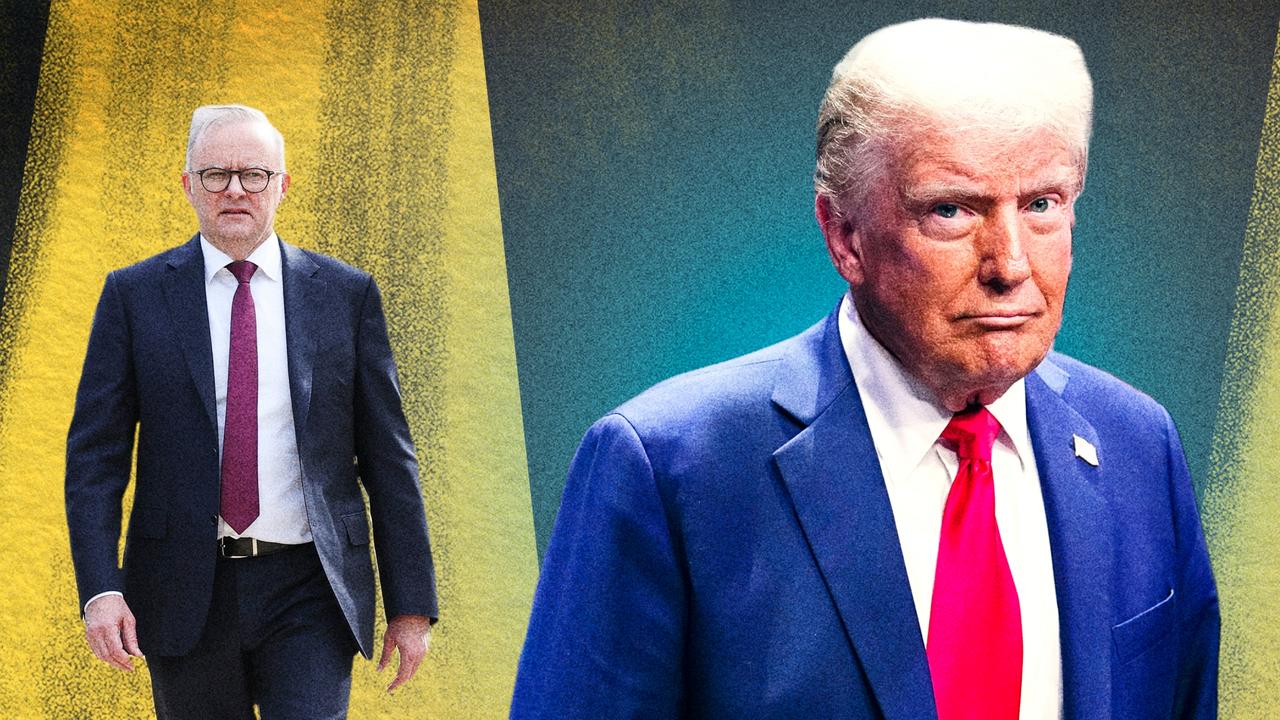NSW budget 2023: Winners and losers revealed in five-minute guide
The NSW budget has promised cost of living relief, thousands more homes, repair to the public sector, and much more. Find out who the winners and losers of this year’s budget are.
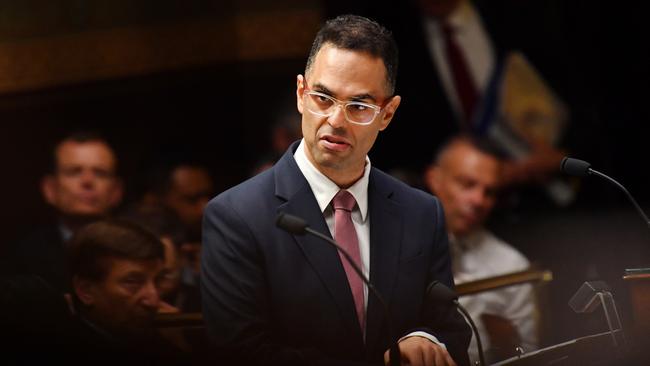
NSW Treasurer Daniel Mookhey has handed down his first budget with an emphasis on housing and better wages for the public sector.
The budget – state Labor’s first since 2010 – revealed a $7.8bn surplus this financial year and, although the Treasurer emphasised it was not locked in, a small $800m surplus in the next, with a $3.6bn improvement to bottom line over across the next four.
The big winner was the housing sector, with over $2bn revealed to build new neighbourhoods and 500 homes across NSW, with savings and cuts found across the previous government’s infrastructure projects and cost of living relief.
Winners
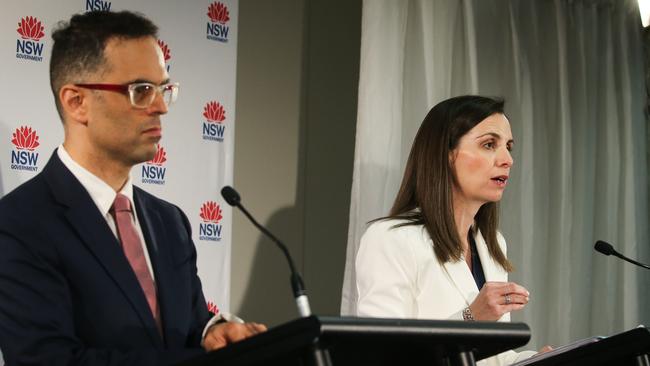
Teachers, the public sector
Some of the state’s teachers will go from the lowest to the best paid in Tuesday’s budget.
An initial one-year pay deal will see the starting salary for first-year teachers rise from $75,791 to $85,000 and most experienced teachers will receive an increase from $113,042 to $122,100.
The raise for NSW’s teachers is alongside that with the wider public sector, with $3.6bn put into an Essential Services Fund to help pay for a 4.5 per cent pay rise for over 400,000 essential workers in each of the four years out to 2026-27.
Unions NSW Secretary Mark Morey said NSW Labor’s first budget laid solid foundations.
“Paying public sector workers enough to attract and retain them is absolutely critical to our state,” he said.
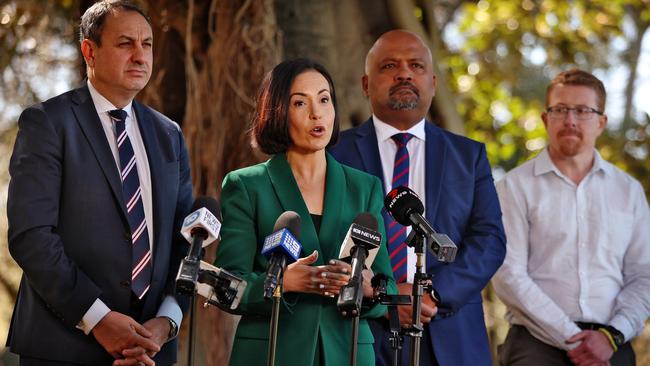
“This is a very solid foundation to begin stemming the flow of essential workers interstate after 12 years of wage suppression – we won’t fix the essential worker shortage immediately, but we will make a dent in it.”
Acting general secretary of the NSW Public Services Association Troy Wright said the timing was prudent given population growth, “and with that an even greater demand on our public services”.
However, NSW Liberal leader Mark Speakman accused the government of caving to its “union mates”.
“They (Labor) promised wage rises would cost the taxpayer anything, but they’ve delivered for their union mates and let the genie out the bottle,” he said, questioning what exactly made up the billions in savings to fund the sector’s wage rises.
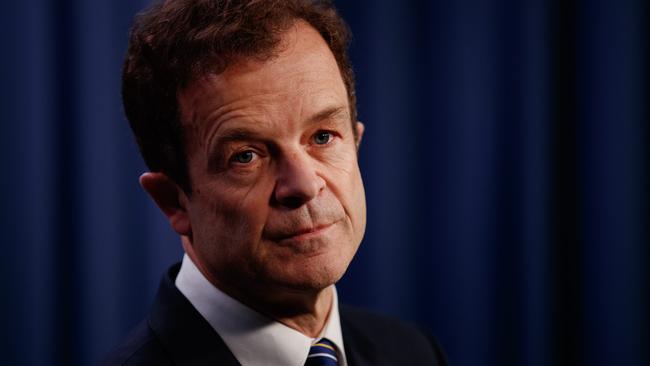
Housing
The big takeaway and winner from Tuesday’s budget was the $2.2bn injection of funding to build new neighbours and 5000 homes across the state.
Mr Mookhey announced $300m would go to Landcom to return into the market, saying the move would “restore trust in housing growth to have a publicly owned company build housing for the public”.
The Treasury also identified $400m in “idle money” from completed Restart NSW projects for a New Housing Infrastructure fund, in addition to $1.5bn for housing instructure already legislated.
The Treasurer said a house isn’t a home without the required neighbourhood amenities.
“You can’t get the keys to your new house if there isn’t a road or street to it,” Mr Mookhey said, revealing the government would use the funds to accelerate neighbour infrastructure – such as street lighting, sewage systems, footpaths and local roads – which would also speed up the development application process.
However, after a recent report by think tank Committee for Sydney estimated the cost of the chronic housing crisis could cost the city’s economy as much as $10bn a year, its CEO said the funding didn’t go far enough.
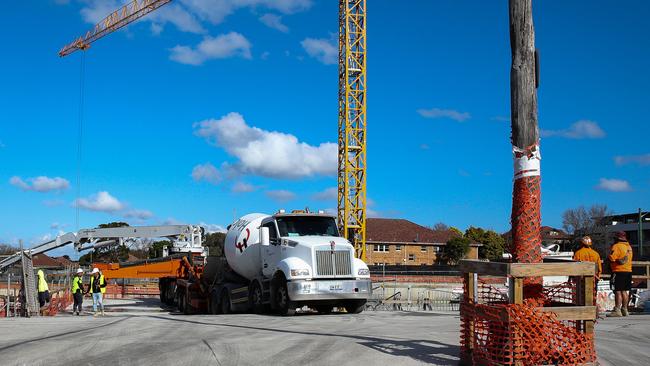
“The investment in housing is modest – at a time when chronic unaffordable housing is costing Sydney $10 billion a year, this budget is unlikely to make material inroads on this challenge,” Eamon Waterford said.
Alongside this, a $60m Build to Rent trial would be rolled out across the south coast and northern rivers regions.
Property Council of Australia CEO Kate Stevenson said housing and planning was “front and centre” in the treasurer’s budget.
“Treasurer Mookhey’s budget sets the foundations for the NSW government to tackle the state’s housing supply and affordability crisis,’ she said.
“We welcome the focus on leveraging government land and delivering housing to those in greatest need in our communities.
“However, industry will be disappointed that the budget didn’t deliver a funding boost for CBD activation.”
Renewables, households
The budget includes provisions to extend and increase relief to households struggling with “skyrocketing” electricity bills to help through a period of “turmoil”, the treasurer said.
Energy rebates for low-income households, families, seniors and others are extended past the initial June 2024 end date – a rebate was introduced in July in partnership with the federal government – and will increase in amount.
Mr Mookhey took aim at “the prey of private monopolies” – the treasurer told The Australian the state’s energy future was now in the hands of business in regards to a potential Eraring power station extension – and said the Minns government was spending $1.1bn this financial year to “alleviate the pain felt from privatised electricity utilities”.
The family and seniors energy rebate will raise to $250 from July 2024, and the low-income household rebate to $350, which will make up part of a $100m package, helping out about 1.6m families.
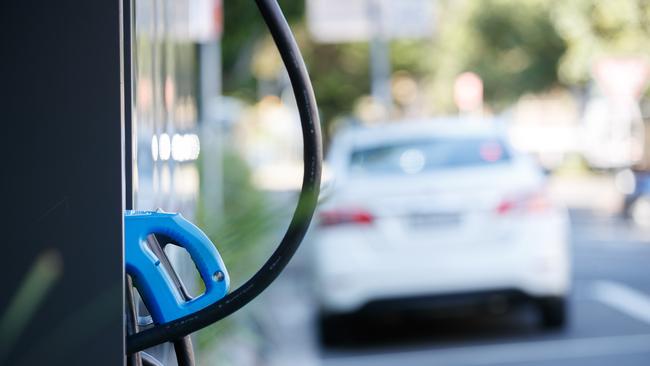
The transition to renewable energy also gets a major cash injection, to the tune of billions: $804m will go towards the state’s Renewable Energy Zones and 41bn to the Energy Security Corporation.
“The budget makes a significant investment in the energy transition effort, which will put our target of reducing carbon emissions by 50 per cent by 2030 back on track,” Committee for Sydney CEO Mr Waterford said.
Importantly, however, there is no money allocated in the budget for a potential extension of Eraring’s operations past 2025 – the Treasurer said he would not use the state’s books as a “bargaining chip” to the station’s owners, Origin Energy.
However, it looks increasingly likely the station will have to be kept open, with the taxpayer helping prop it up.
Although EV infrastructure gets a boost, a $3000 subsidy for those set to buy electric cars from January 1 has been scrapped.
Health
Hospitals and the staff that run them are another to receive a cash windfall from Mr Mookhey’s first budget.
The government had already committed to finding the funding to make 1112 nurses permanent and major upgrades to a slew of western Sydney hospitals, and there is about $2.5bn in the budget to recruit and retain health workers, including 1200 nurses and 500 rural paramedics.
The Doctor’s Union NSW president Dr Tony Sara welcomed the funding for essential health workers, but was disappointed to see the same cash injection absent for doctors.
“The junior doctors working in NSW public hospitals are now the lowest paid across all of Australia,” he said.
“We need to fix that inequity not just for our staff, but for every patient that is currently being kept waiting at our public hospitals because they can’t recruit permanent doctors.”
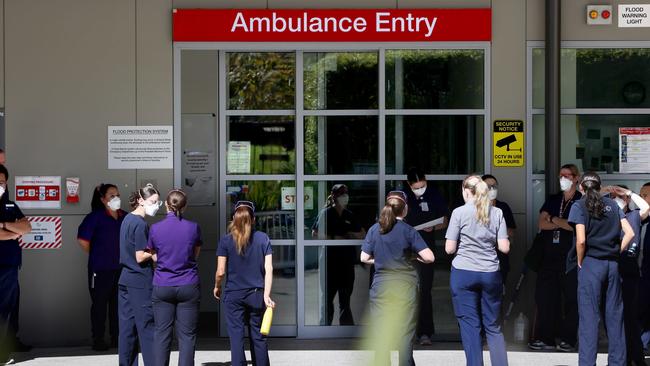
Western Sydney hospitals will share in $3bn with upgrades and developments planned to Canterbury, Fairfield, Mt Druitt, Rouse Hill and Blacktown hospitals, among others.
“The budget commitment to build and fix some of southwest Sydney’s hospital is a critical step in improving local healthcare services to meet the rapidly growing healthcare needs of the community,” Western Sydney Leadership Dialogue CEO Adam Leto said.
Mr Leto signalled out Fairfield – “which has historically been overlooked” – as a key benefactor of the hospital funding boost.
“Fairfield Hospital hasn’t been touched since it first opened in 1989, so the commitment to fund $550 million for its upgrade is well overdue and much needed,” he said.
However, there was a warning – and a shot across the bows to Government House – about the “dire consequences” of the GST no-worse-off guarantee not continuing past 2027-28, which could force the government to terminate about 8000 healthcare workers, if it was not continued.
“We can’t afford to lose one health worker, let alone 8000,” Mr Mookhey warned.
Losers
Cost of living relief
Although rebates to ease electricity-bill pain have been extended and increased, the state government has taken the axe to its predecessors vouchers to ease the cost of living on families across NSW.
The $250 prepaid regional seniors travel card was, as expected, scrapped – it cost $5m in the previous budget. It follows the abolition of a similar card for regional students.
NSW Nationals leader Dugald Saunders said the government had “ripped the rug from under regional NSW”.
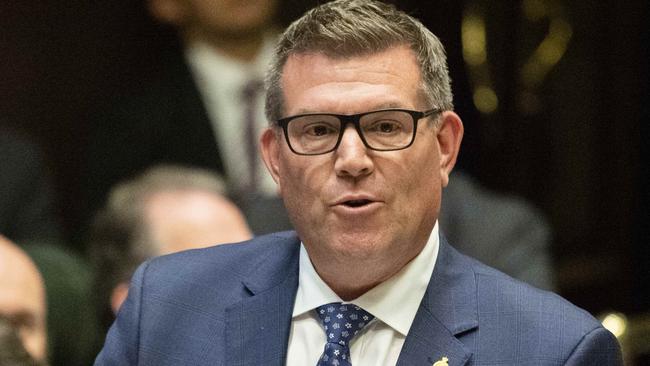
“About 1.3m cards were issued across four years, and elderly across regional NSW have been truly let down,” Mr Saunders said.
The government is also winding back its spending on the Active and Creative Kids vouchers, which will be reduced from $100 to $50 and will be means tested; only those families who are on the Family Tax Benefit Part A will be eligible, saving the government $162m.
The Coalition criticised the move.
“There’s little new cost of living relief for families, who should be very disappointed with today’s budget,” Liberal leader Mr Speakman said.
Infrastructure
The treasurer foreshadowed the cuts that would be announced to, what he described as “unessential” and “fantasy, infrastructure projects, and diverted to the government’s priorities and election commitments.
The redirection of funds is mostly seen across the previous government’s projects – the redevelopments of Penrith Stadium and Ultimo’s Powerhouse Museum – or major proposals, excluding the Sydney Metro.
For example, the government has redirected $150m from the faster rail program, which would have explored intercity high-speed rail.
Planned tunnels through the Blue Mountains and Sydney northern beaches are scrapped, as are plans for dam-wall raising.
However, Mr Mookhey did confirm an extra $1bn to “rescue” the Sydney Metro City and Southwest projects.
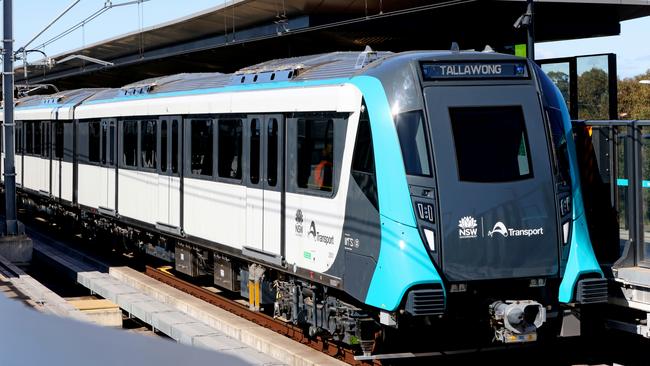
Regional, mining communities
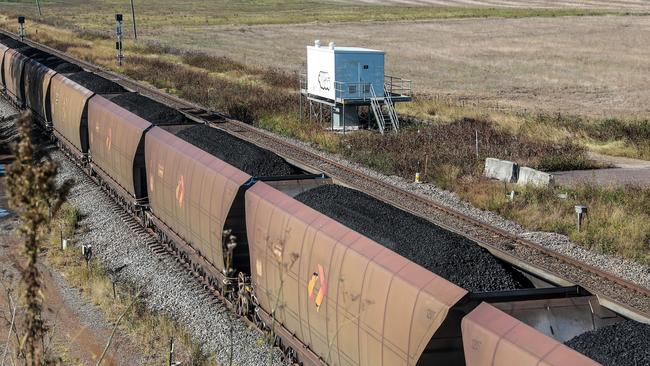
While coal royalties look set to give the budget’s bottom line a boost, the regional and mining communities who deliver it look set to suffer, the Coalition and NSW Minerals Council said.
Mr Saunders said the move to increase royalties was not offset with help in the budget for the industry’s communities.
“They’re taking in one hand but giving no help in the other for those mining and coal communities,” he said.
“Under this government NSW stands for Newcastle, Sydney and Wollongong – the rest of the state is forgotten about.”
The Resources for Regions, Critical Minerals Activation and Coal Innovation programs have all been cut, all of which were aimed to help the communities with mining operations.


